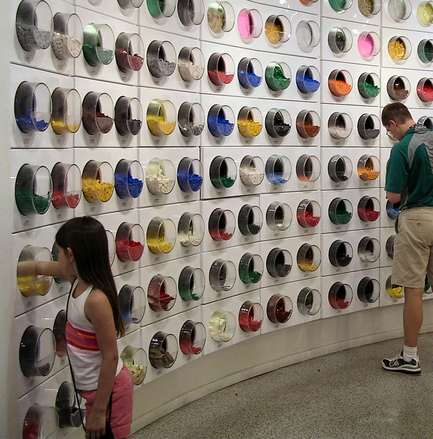Today I missed our intern. A lot. She began with us twelve weeks ago after a friend of hers put us in touch and she seriously made an impression during her time with myself and the team. The experience made me realise more than ever that the benefits of interns are absolutely mutual.
For years now I have organised, aided, supervised and guided internship programmes in my organisation across all areas of the business, except my own. I have ensured there was goal setting, training, mentoring, coaching and robust outcomes for the intern, working with multiple tertiary training providers depending on the nature of the internship and role or project on offer. I have been working lately on pulling together a nationwide internship programme across all of our departments to set minimum standards for expectations in relation to bringing interns into the business. So it’s been hugely valuable to me to experience the full programme first hand before rolling it out for implementation.
The benefits for the interns are well documented from networking opportunities, learning and development, insights to specific industries, building personal brand from CV through LinkedIn and social platforms, but so to there are the soft skill benefits of communication, organisational behaviour, norms & expectations. It’s important that when students take internships that they know what their goals are, what the expectations of the role are and what the outcomes will be.
Here are a couple of quotes from recent interns in our business:
“Doing an internship does not only allow you to gain more skills and knowledge, but also presents you with a new group of people that are already in the business and are happy to help you in the future.”
“Throughout my internship I was able to gain a good understanding of the 80+ brands under NZME and got a taste of each department’s responsibilities. I also learnt key skills that my current job requires. This allowed me to hit the ground running when I started working fulltime.”
Many of the benefits for employers have also been discussed before such as creating talent pools and being able to attract talented graduates. Gone are the days where the intern did the photocopying, filing and coffee runs. Interns need to have solid and measured goals and outcomes in place during their time in an organisation. Employers should keep in mind that interns will have desires that they hope will be met during the course of their programme ranging from client exposure through inspiring colleagues, mentors and competitive compensation.
On the note of competitive compensation, I’m a huge advocate of paid internships. I realise not all organisations are able to offer this, and that the experience itself is incredibly valuable to the students. But I wager that to keep bias out of the internship equation you need to offer compensation as some students may simply not be able to afford to not be paid, and therefore you miss out on them as potentials for your organisation.
This is something of a brain dump for me given my intern has just left and that she taught me many valuable lessons. We’ve changed a couple of processes as she had a better way of doing them. Her critical thinking and research into a project she was running has potentially changed the way we use some technology in recruitment going forward. Her open, frank and confident composure combined with her knowledge of her subject has left more of our managers open to interns, now they realise the value of them and that it’s not a ‘baby-sitting’ exercise. It’s also timely as I’ve been keenly following the #summerofbiz initiative and I’m keen to explore how that can be expanded in Auckland in conjunction with my journey on our in-house intern programme.
So yes, I’m missing our intern, for her vibrant personality, her ability to take a task and completely nail it, for the way she asks questions and the questions she asks and for the difference she made to our team and workspace.
I’d love to hear the thoughts, experiences and advice of others also working in this space!
(And yes, the pic is some of our team dressed as Where’s Wally :-))
Here’s where you can find out more about the #summerofbiz: https://hrmannz.com/2017/09/24/starting-out-part-2-all-kinds-of-awesomeness/








